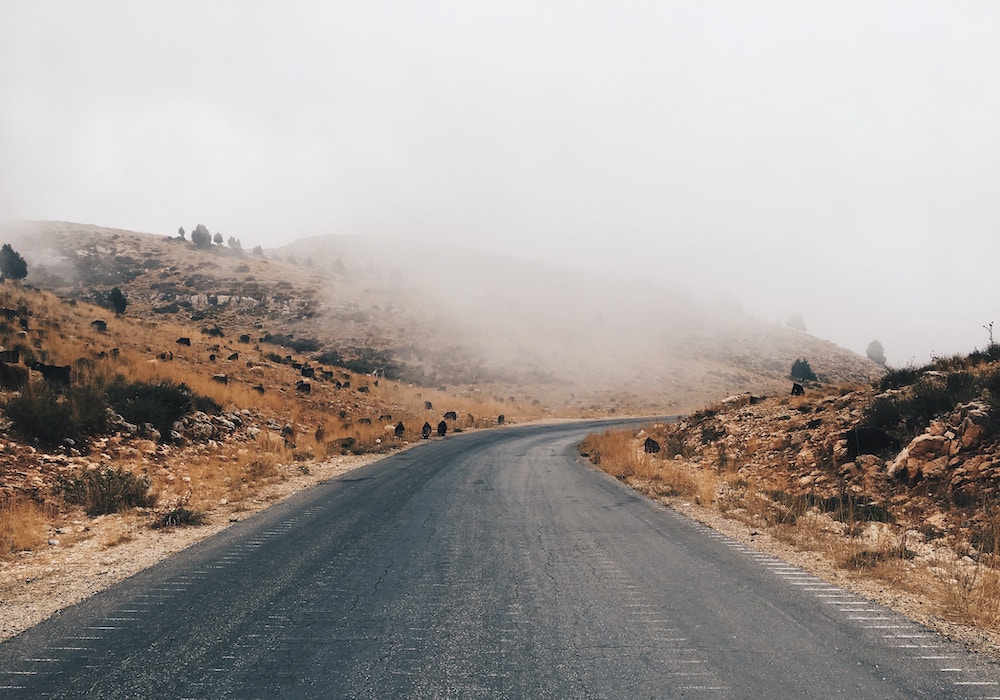A popular image of Mongolia is that of clear blue skies, wide open steppe, and nomads on horseback. Conversely, Mongolia has recently garnered international attention as a site of rapid urbanization and high air pollution. These images, though both true to some degree, are incomplete. The reality for many people in the country is less starkly divided. People move through and across rural and urban spaces frequently throughout their lives, engaging in both settled and nomadic modes of living.
Mongolian literature reflects these intersecting lifeways as authors draw on themes of mobility and stasis, space and confinement, isolation and social obligation. Mongolia has a rich philosophical, religious, and political history for literature to draw on as well. Elements of Buddhist dogma, shamanic animism, socialist realism, and avant-garde surrealism commingle in tales of transformation and rebirth.
In “Aquarium,” Ölziitögs Luvsandorj explores the inner world of a woman who has been transformed by a mysterious circumstance as she observes the formerly unseen aspects of her family members’ lives from her corner of their apartment. Erdene Seng’s “Solitude,” set in the mid–twentieth century, details the self-imposed isolation of an old man who refuses to leave his nomadic encampment when his wife relocates with the rest of their community to a recently constructed town. In his story “Vengeance,” Norov Dalkhaa weaves a Mongolian Buddhist folk legend that dogs have the reincarnated souls of humans into an urban parable of sex, jealousy, and violence.
All three of these stories also use aspects of nomadism and settled life to explore the gendering of space and mobility. Ulziitugs’s unnamed narrator attempts to make sense of her position in her family from a space of total confinement—an aquarium within an urban apartment. In Erdene’s “Solitude,” an elderly woman lays out the freedoms that settled life would afford her husband, but he rebuffs her, demonstrating a clear split in his mind between masculine and feminine freedoms. Meanwhile Norov’s male lead, Demchig, takes his lover’s dog out of the domestic space of her apartment and on to the road to engage the creature, and through it his former romantic rival, in masculine violence.
The stories in this collection paint a complicated picture of Mongolia, exploring the realities of nomadism and settled life alike as they play out in the psyches of the characters and their relationships with one another.









